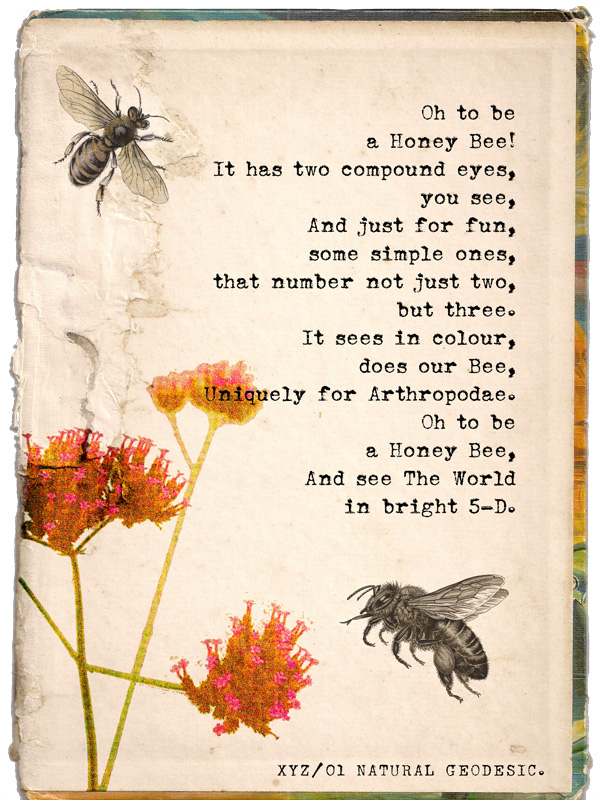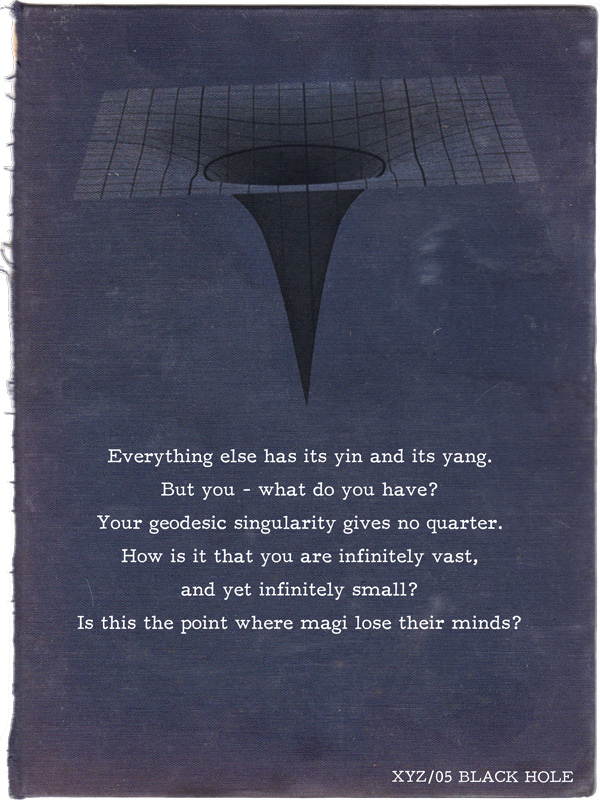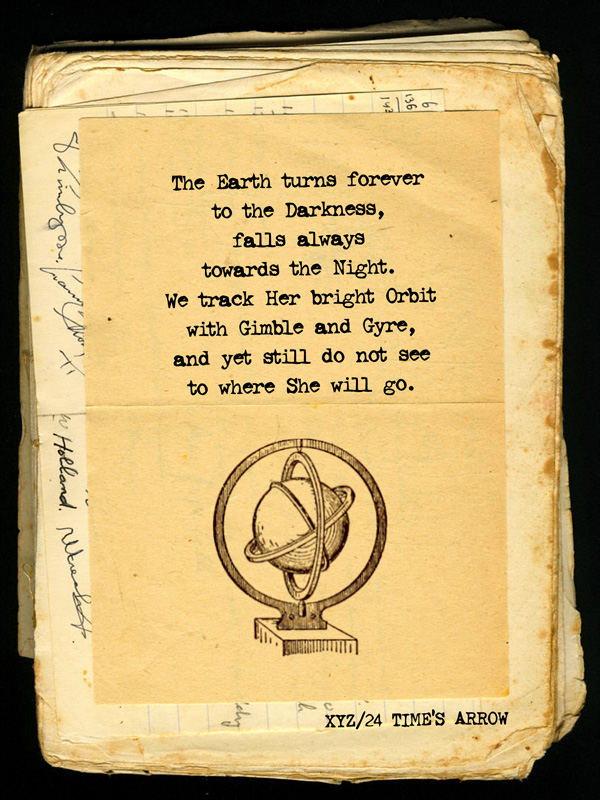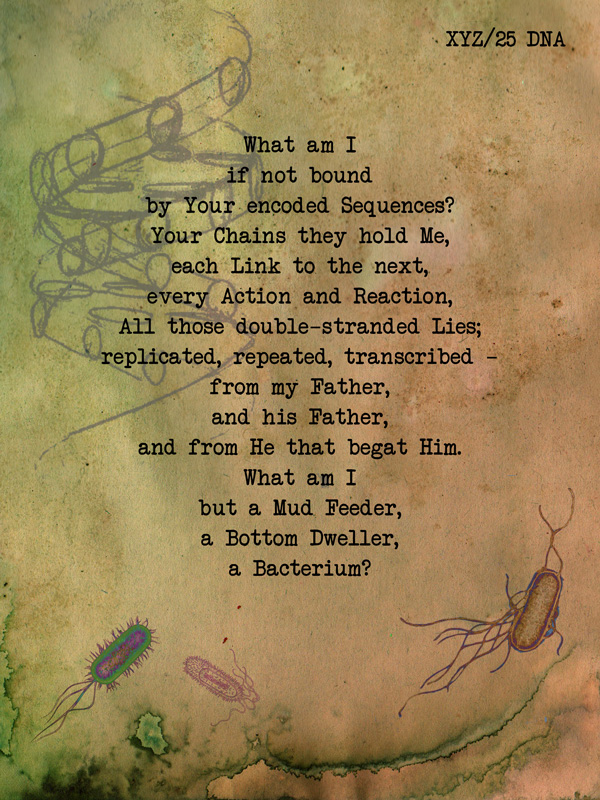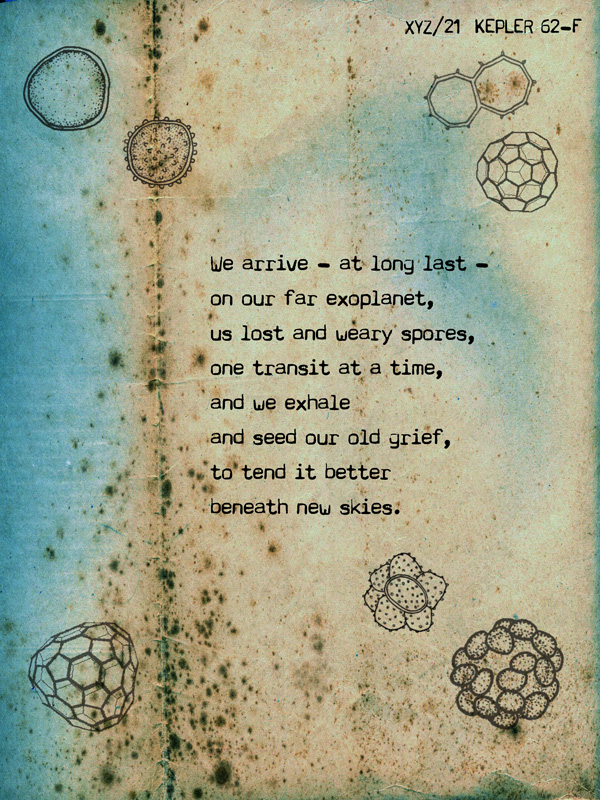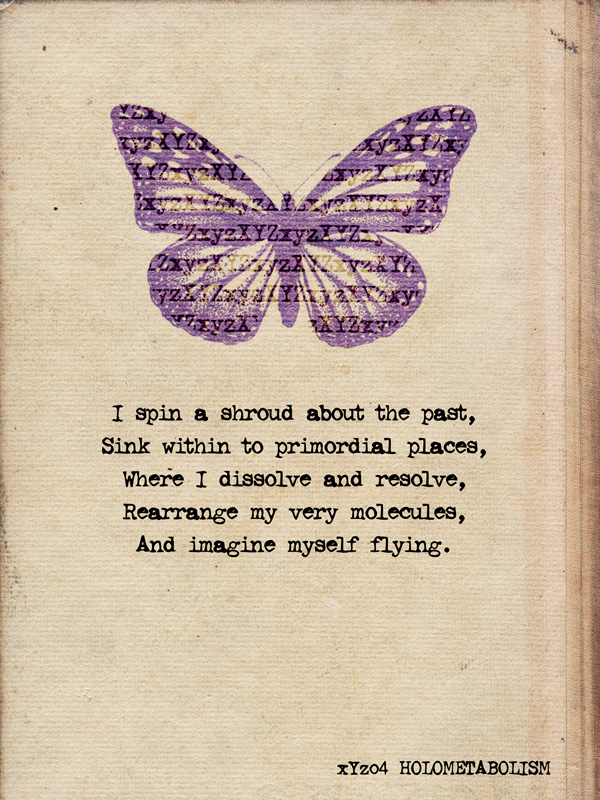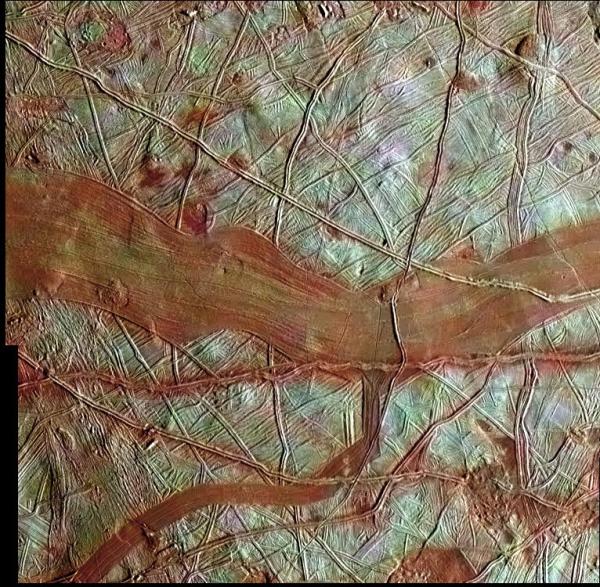
A SINGULAR BLOW OF THE NET. — Boat attacked by octopus
The attack of the fishing boat Perle by an octopus horde in 1906, from Le Petit Journal's illustrated supplement (click for full image). The article it illustrated:
UN SINGULIER COUP DE FILET
Bateau assailli par des pieuvres
Une grande barque de pêche, la Perle, de Cancale, se trouvait dans la baie d'Erquy, sur le banc des Ruinais.
Les pêcheurs s'apprêtaient à remonter à bord le filet traîné à l'arrière du bateau, quand soudain ils éprouvèrent une résistance inaccoutumée. C'était en perspective la pêche miraculeuse : aussi l'équipage tout entier se précipita-t-il au treuil.
Stupéfaction : le filet apparut à la surface de la mer, entièrement rempli de pieuvres ; le nombre de celles-ci a été évalué à au moins quinze cents. Certaines étaient pourvues de tentacules dépassant deux mètres de longueur.
La situation ne laissait pas d'être angoissante. Il fallait décharger le filet des dangereux poulpes et éviter d'être enserré par leurs tentacules. A un moment donné, les pieuvres couvrirent un des côtés de la barque de leurs terribles lanières. Le patron n'eut que le temps de crier l'ordre de couper le câble reliant le chalut à la barque. Les huit pêcheurs, armés de haches, tranchèrent la corde du chalut et échappèrent ainsi à une submersion , qui, sans cette mesure, eût été inévitable.
Il fut ensuite possible de débarrasser les flancs du bateau de celles des pieuvres qui avaient eu le temps de s'y attacher. Un certain nombre d'entre elles furent recueillies à bord et livrées au bateau terre-neuvier Consonne, qui s'en servira comme appât de pêche.
Quant au filet, il est entièrement perdu, et c'est un gros dommage pour le malheureux patron.
——
A SINGULAR BLOW OF THE NET
Boat attacked by octopus
A large fishing boat, the Perle, of Cancale, was in the Bay of Erquy, on the Banc des Ruinais.
The fishermen were preparing to haul in the net towed behind the boat, when suddenly they felt an unusual resistance. This was a prospect of a miraculous catch: so the entire crew rushed to the winch.
Amazement: the net appeared on the surface of the sea, completely filled with octopus; the number of these was evaluated at least fifteen hundred. Some were equipped with tentacles exceeding two meters in length.
The situation did not allow for fright. It was necessary to unload the net of dangerous octopus and avoid being ensnared by their tentacles. At one point, octopus covered one side of the boat with their terrible straps. The boss had time to shout the order to cut the cable connecting the trawl to the boat. Eight fishermen, armed with axes, sliced the trawl rope and thus escaped submersion, which, without this measure, would have been inevitable.
It was then possible to remove from the sides of the boat those octopus who had time to attach. A number of them were collected on board and delivered to the Newfoundlander Consonne, which will use them as fishing bait.
As for the net, it is entirely lost, and it is a big pity for the unhappy boss.
Another depiction from Le Petit Parisien's illustrated supplement (1906-12-09, the article was the same as in Le Petit Journal):

A FISHING BOAT INVADED BY OCTOPUS
The next year, one of the fishermen told his story in greater depth to the English-language Wide World Magazine, "Our Fight With the Devil-Fish":
Just as [the patron] spoke I chanced to glance at his face. As I did so I saw a distinct change come over it, and he uttered a sharp cry of "Mon Dieu! what’s that?" Instantly, without another word, he dropped one end of the treuil into the sea. Nedellec had also seen something extremely unpleasant, and had likewise started back terror-stricken, otherwise I should have been inclined to think the patron had suddenly gone crazy.
The next moment I and the others saw the thing that had alarmed them. It consisted of a pair of very large eyes—strange, weird eyes in a hideous head bearing a crown of long arms. These waved menacingly for a few seconds at the side of the boat and then disappeared. Cadderuc says that one of the tentacles actually twined over the bulwarks and touched him on the arm. However that may be, I know for certain that the huge pieuvre disappeared with as great a rapidity as it had appeared, and that as soon as it had sunk into the sea Kurdoncuff sang out, "All right, boys! It's only a devil-fish that's been attracted by our catch. Come along, let's get to work, and if need be we'll haul him in with the rest."
Personally I didn’t feel so optimistic as the patron, and some of the others were also a bit scared; but we did as we were told and once more hauled away at the net.
This time we got it well within reach, but just as we were preparing to pull it on board the devil-fish appeared again, and fixing one of its eight horrible tentacles on the side of the Perle, while it twisted another round the the net-pole, hoisted itself with truly marvellous agility almost into the boat. Had you told me that such a feat was possible I should never have believed you, for it was more like the trick of a trained gymnast than the work of a mere fish. Quick as lightning the patron, who had seized a hatchet, gave a cut at the creature’s head and succeeded in detaching its arms from the pole.
Then we witnessed the most terrifying sight we poor fishermen had ever set eyes on. As though acting on a signal from the wounded devil-fish, scores and scores of fierce-eyed monsters rose from the sea, their arms writhing in the air, some of them six feet in length. For a distance of twenty yards the surface of the water was alive with them. Throwing out jets of water from the front of their bodies, the octopuses dashed hither and thither with incredible swiftness, seeking all the time, by means of their suckers, to attach themselves either to the net-pole or to the side of the vessel. Some succeeded, and these we beat off as best we could, in a frenzy of excitement, with anything that came nearest to our hands. But as soon as we had rid ourselves of them others took their places, and soon the fight became general. It was evident that we had captured an entire family or school of devil-fish, and that these, finding they were partly imprisoned in the drag-net, were making a concerted attack upon us.

"SOON THE FIGHT BECAME GENERAL."
The patron, now quite disillusioned, shouted out an order to defend ourselves and never mind the net. It was given none too soon, for the hideous, slimy-looking creatures were by this time affixing their tentacles round the bulwarks and coming upon us by dozens. Some of them, to our intense horror, actually succeeded in getting into the boat, where they would without doubt have strangled Nedellec and another of my mates named Poullaouec, around whose legs and arms they twined their waving tentacles, had we not killed them with our fish-spades and hatchets. In addition to this hand-to-hand struggle, picture to yourself the danger we ran of capsizing the Perle, which was all the time almost on her beam-ends, owing to the weight of the four to five hundred devil-fish in the net. We came to the conclusion that there must have been quite that number of them. They weighed down the boat so much on one side that, as I say, there were nine chances to one we should find ourselves in the water unless something was done. At last, therefore, Kurdoncuff, with a few well-directed blows of his hatchet, severed the cable attaching the chalut to the boat.
Relieved of the strain, the vessel swung clear of the heavy pole, which, heavily weighted as it was, sank almost immediately with the net and its repulsive contents. It was then possible for us to get rid of the devil-fish that still clung to the sides of our vessel with a muscular power which I should say is without equal amongst the creatures of the sea.
Octopus-Horde Attacks: Then & Now
I mentioned octopus-horde attacks previously in my post on The Strange Adventures of Captain Quinton, where Quinton recounted his own run-in with a ship-boarding horde of devil-fish in the South Pacific, as well as his (and others') theory that an octopus-horde was responsible for the fate of the Mary Celeste's crew.
Octopus attacks, both by hordes and individuals, used to be quite common. A week couldn't go by without the human media reporting on the seizing of a person (or sometimes their animal) by an octopus, if not actual, full-on horde swarmings. But by the mid-20th century, they had all stopped. What drove octopuses to horde-attacks in centuries past, and why do we not see these attacks today?
Octopuses have long shown that they can venture onto dry land (or even, of course, into the trees). In contrast, humans are out of their element in the water, barely able to bob around and flail about on the surface of the ocean without special equipment. This disparity emboldened certain misanthropic octopuses to gather in hordes to attack humans (who, to be fair, had been stealing their shellfish), fearing no serious reprisals from beings in primitive, bulky dive-suits, tethered to the surface by air-lines, that were little match against even one determined octopus.
However, in 1942, French Naval officer and covert SDECE operative Jacques-Yves Cousteau co-invented the Self-Contained Underwater Breathing Apparatus (better known as SCUBA). While ostensibly a device for humanity's peaceful exploration of the sea, SCUBA was really an offensive weapon that leveled the playing field in man-octopus combat. This was a shocking development for octopus kind: now human-hordes could swarm the octopuses' dens and gardens with the same impunity as octopuses had swarmed boats and beaches.
Realizing this denial of their ability to retreat to safety under the waves, at some point in late 1945 -- in some undisclosed bay or lagoon known only to select members of the newly formed United Nations Security Council -- a secret meeting was held between humanity's newly appointed Ambassador to the Sea, Cousteau, and the now-contrite representatives of the octopus hordes. After much gesticulating and color changing, an armistice was reached, and it was agreed that horde-attacks across the Air-Sea Interface would be forbidden for both species.
The resulting détente has lasted for almost seven decades, and now even individual octopus attacks are unheard of.





































